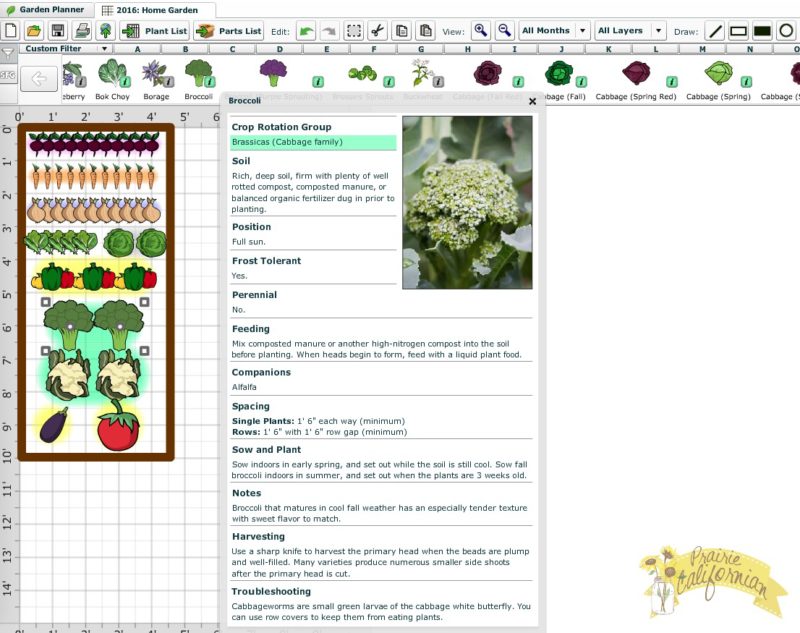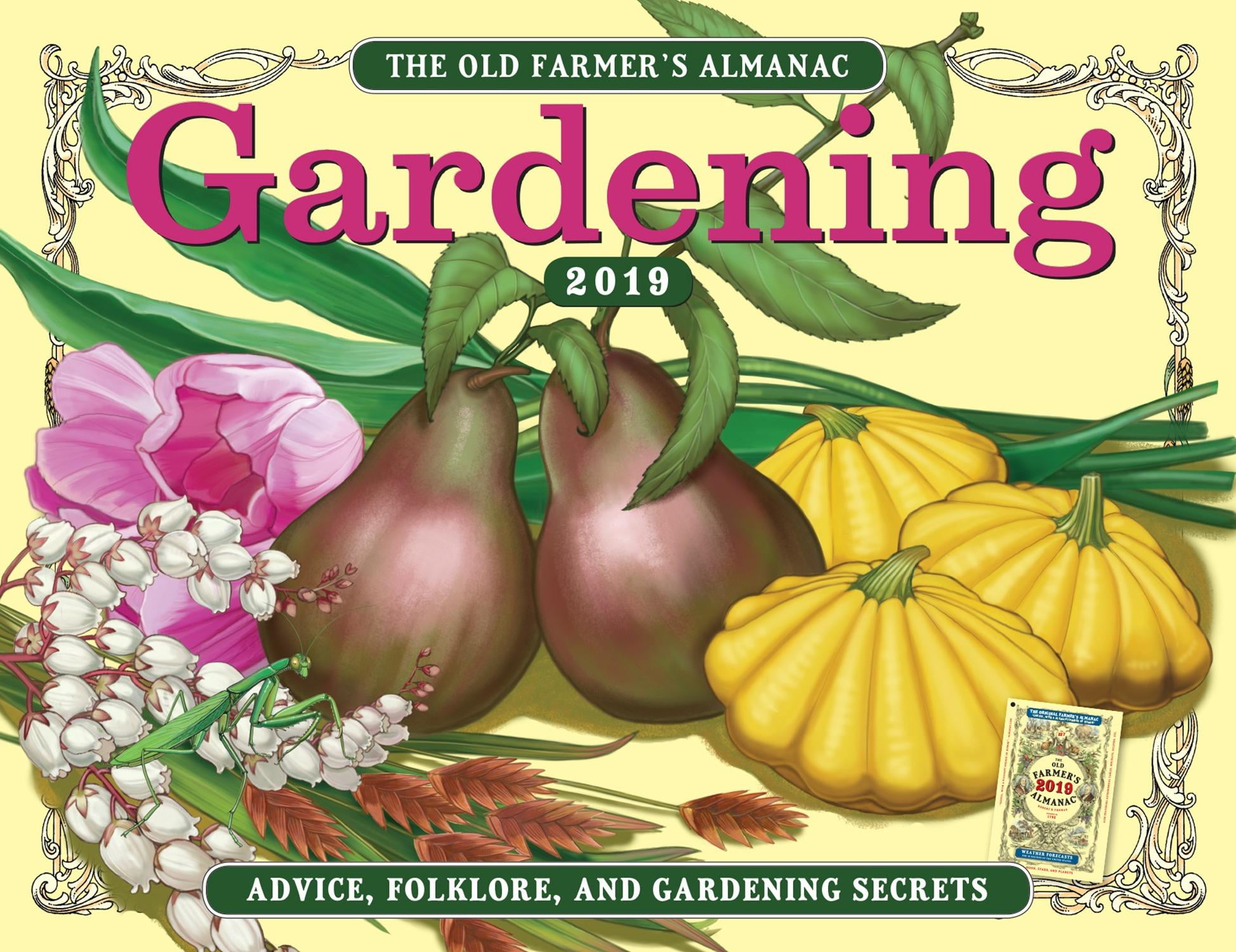

#Farmer almanac garden planner upgrade
You also won’t need to worry about losing your precious plans and journal notes when you upgrade to a new device (though certainly, cloud storage is making this less of a concern than it used to be). Notebooks require no electricity, data, or Wi-Fi connections, are highly portable, and do not require you to risk costly electronics while working in your garden. You’ll find this feature very handy, making it easy to look back at past configurations and notes to see what did and didn’t work in your design or to help plan crop rotations. It’s cheap and portable, will serve you many seasons, and will act as a journal from one season to another. Best soil locations for specific crops-for example, is the depth and tilth of one location more favorable for certain crops like carrots or other root crops? Is one spot stonier, meaning that a large plant with deep roots (i.e., broccoli, tomatoes, corn) would be more suited rather than root crops that would be deformed and stunted by such soil?Īn inexpensive graph paper notebook makes a great garden layout planner that will also work as a journal and a record of past gardens.Ī simple graph paper notebook is a wonderful tool for planning your vegetable garden.Companion planting issues-may include researched, planned companion planting but also may include beneficial or symbiotic planting arrangements.Will plants require support such as staking or fencing? Do you plan to trellis any vegetables?.Plant growth type/habit-Bushy? Trailing? Vining? Low? High?.How wide do you need your aisles to accommodate any equipment you may use during the growing season (for example-will you use a rototiller for weed control and cultivation? Or a mower between rows or beds?) Mulching paper or fabric?.How far apart your rows should be-how much aisle space is needed (this may be different for different plants).Ideal plant spacing for all your different types of plants.No matter which of the following methods or resources you decide to use, there are some key pieces of information you’ll need to know. Tell us more about your experience in the comments below.This garden is a blank slate ready for a good plan and some plants!

What questions do you have for the Farmers’ Almanac? What are your plans for gardening this season?
#Farmer almanac garden planner how to
How To Grow Your Own Bouquets Join The Discussion! “Favorable” and “Good” mean the same thing. However, “Best” is considered the optimal day for planting seeds.Ĥ Smart Ways To Recycle Your Christmas TreeĮasy Ways To Provide Shelter For Birds And Wildlife The terms “Favorable,” “Good,” and “Best” are all considered beneficial days for planting. Transplanting: To uproot and replant a growing plant or an already well-established plant. Seedlings: Young plants-especially ones that grow from seeds (rather than from a cutting). Seedbeds: A bed of soil cultivated for planting seeds or seedlings before being transplanted. Root Crops: Crops that produce their yield below the soil (potatoes, radishes, carrots, etc.) Farmers’ Almanac Official Gardening Terms Cheat SheetĪbove ground crops: Crops that produce their yield above the soil (corn, peppers, squash, etc.)


 0 kommentar(er)
0 kommentar(er)
